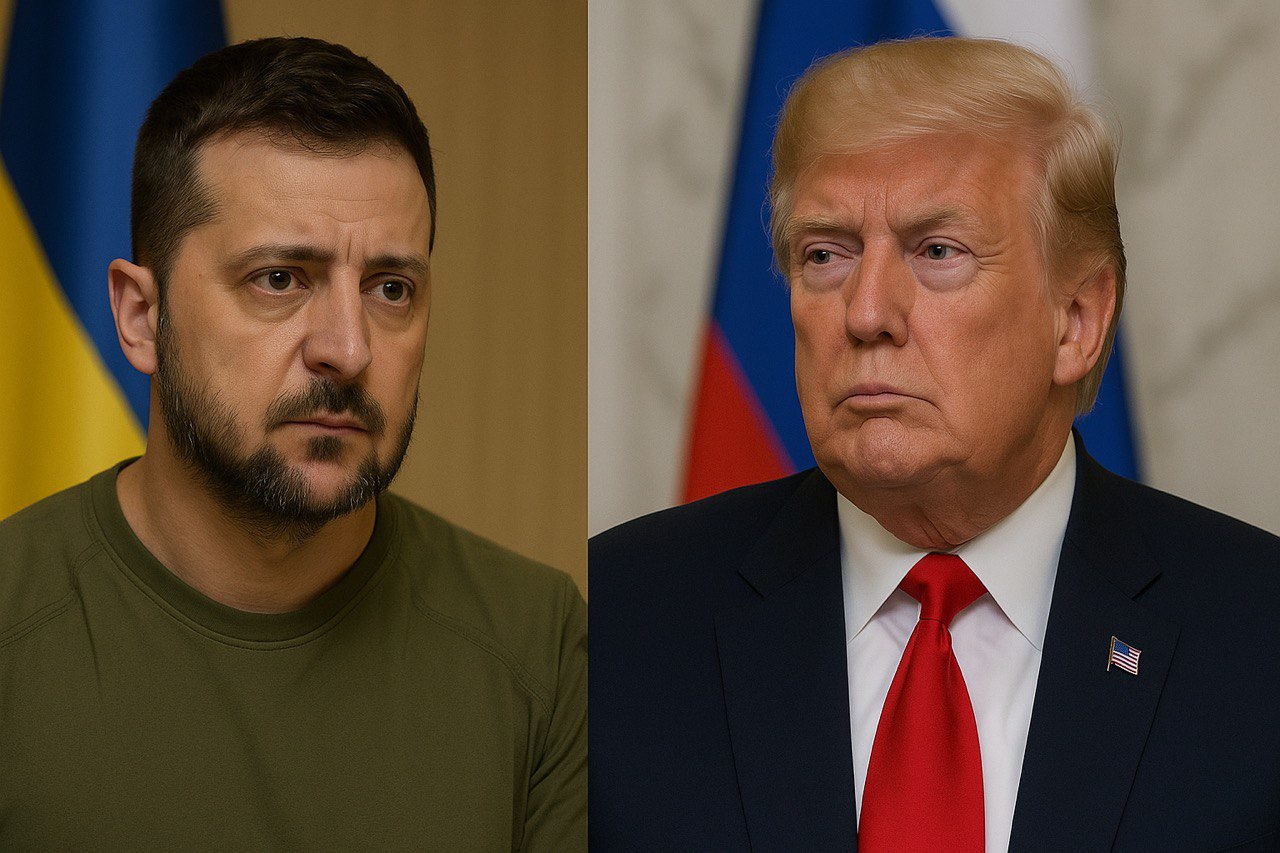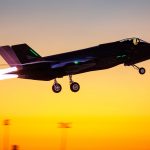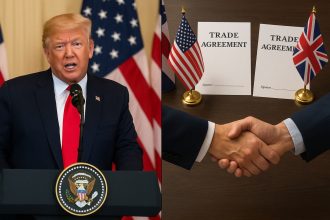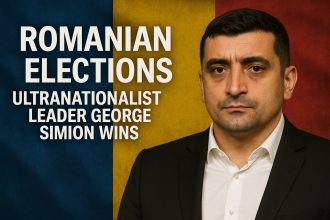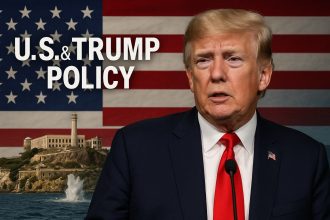As of May 4, 2025, the Ukraine-Russia conflict remains a focal point of global attention, with ceasefire negotiations at a critical juncture. Russia proposed a three-day ceasefire from May 7-9 to coincide with Victory Day celebrations, a significant political holiday in Russia. However, Zelensky dismissed this as a “theatrical show,” arguing it was insufficient for meaningful peace talks. Instead, he has pushed for a 30-day ceasefire, echoing a US-backed proposal for an unconditional truce to facilitate negotiations on key issues like territorial disputes and security arrangements.
Recent reports, such as those from The New York Times (Ukraine Rejects Russian Call for a Three-Day Cease-Fire) and Euronews (Zelenskyy rejects Russia’s 3-day ceasefire proposal, pushing for 1-month truce instead), highlight Zelensky’s reasoning. He stated, “An unconditional ceasefire is the model proposed by the Americans. We are following that model. Whether it starts on that date or another—ideally earlier. Yes, let’s try for 30 days. Why a 30-day ceasefire? Because it’s impossible to reach any agreements in three, five, or even seven days.” This stance underscores Ukraine’s strategic approach, seeking a longer period to ensure safety for potential international attendees at Russian events and to negotiate effectively.
Trump’s Statement on Crimea
Simultaneously, Donald Trump’s interview with Time magazine, as reported by Politico(Crimea will stay with Russia, Trump tells Time), included the statement, “Crimea will stay with Russia,” with Trump adding, “everybody understands that it’s been with them for a long time.” This remark aligns with reports suggesting the Trump administration is considering recognizing Crimea as Russian territory as part of a peace deal, as noted in Newsweek(Trump Admin Prepared to Recognize Crimea as Russian Territory: Report). Such a move could be seen as pragmatic, acknowledging Russia’s de facto control since the 2014 annexation, but it directly contradicts Ukraine’s position. Zelensky has repeatedly emphasized that recognizing occupied territories, including Crimea, as Russian is a “red line,” as reported in CNN (Trump administration ready to recognize Russian control of Crimea as part of framework to end Ukraine war, source says).
Analysis of Implications
The interplay between these developments adds layers of complexity to the peace process. Zelensky’s rejection of the short ceasefire and insistence on a longer truce reflect Ukraine’s determination to secure a lasting solution, not just a temporary pause that might favor Russia. His comments, as reported in Al Jazeera (Russia dismisses Ukraine’s proposal to extend brief ceasefire to 30 days), indicate Russia’s reluctance to accept a 30-day truce, insisting on conditions like bans on Ukraine regrouping or rearming, which Ukraine finds unacceptable. This stalemate suggests ongoing tension, with both sides dug in on their positions.
Trump’s statement on Crimea, meanwhile, could be interpreted as an attempt to nudge negotiations by acknowledging reality on the ground, but it risks alienating Ukraine and drawing criticism from international allies. Reports from The Guardian (Trump hints at financial repercussions if Russia rejects Ukraine ceasefire) and Semafor (Trump weighs recognizing Crimea as Russian territory in bid to end war) indicate that the US is pushing for territorial concessions, which could throw a wrench into ceasefire talks, as noted in Newsweek (Trump’s Reported Plan to Recognize Crimea as Russian Sparks Fury).
International Reactions and Human Impact
The international community is closely monitoring these developments. The US, under Trump’s leadership, is pushing for a deal, but there is tension with Kyiv over terms, as reported in NPR (Zelenskyy wants U.S. to hit Russia with ‘maximum’ sanctions if it refuses ceasefire). European leaders, such as France’s defense minister, have suggested a ceasefire announcement could come soon, as noted in The Guardian, but details remain scarce. Russia’s rejection of Ukraine’s proposals, as reported in The Telegraph (Russia rejects Trump’s proposed peace deal), further complicates matters.
The human cost cannot be overstated. Recent reports, such as those from NBC News(Ukraine is ‘ready to implement’ a partial ceasefire plan with Russia, Zelenskyy says), detail ongoing drone attacks and civilian casualties, with thousands dead and millions displaced. The economic impact, including fluctuating energy prices and disrupted supply chains, is felt globally, as noted in The Washington Post (Zelensky offers partial ceasefire with Russia to restart peace talks).
A Quick Note on Staying Informed
With global events like these driving economic uncertainty, keeping a pulse on financial markets can be a smart move. A colleague recently mentioned PocketOption, a trading platform gaining attention for its user-friendly interface, which makes it easier to navigate volatile markets impacted by geopolitical shifts. It’s worth a look if you’re exploring ways to stay ahead in these turbulent times. Now, back to the bigger picture—what does this all mean for the conflict?
From a journalistic perspective, the conflict’s human toll is palpable. Friends in Kyiv share stories of resilience amidst chaos, highlighting the urgency for a resolution. The interplay of Zelensky’s firm stance and Trump’s provocative comments underscores the delicate balance of diplomacy, where every move is a chess piece in a high-stakes game. Staying informed is crucial, and platforms like trading sites can offer insights into economic impacts, though that’s a tangent for another day.
In summary, Zelensky’s rejection of the short ceasefire and demand for a longer truce, coupled with Trump’s statement on Crimea, illustrate the complexity of achieving peace. International reactions vary, and the human cost remains high. As we watch these developments, let’s hope for a path forward that respects sovereignty and dignity. What are your thoughts? Do you believe a ceasefire is within reach, or is it a distant dream? Share your insights in the comments to keep the conversation going.
